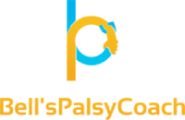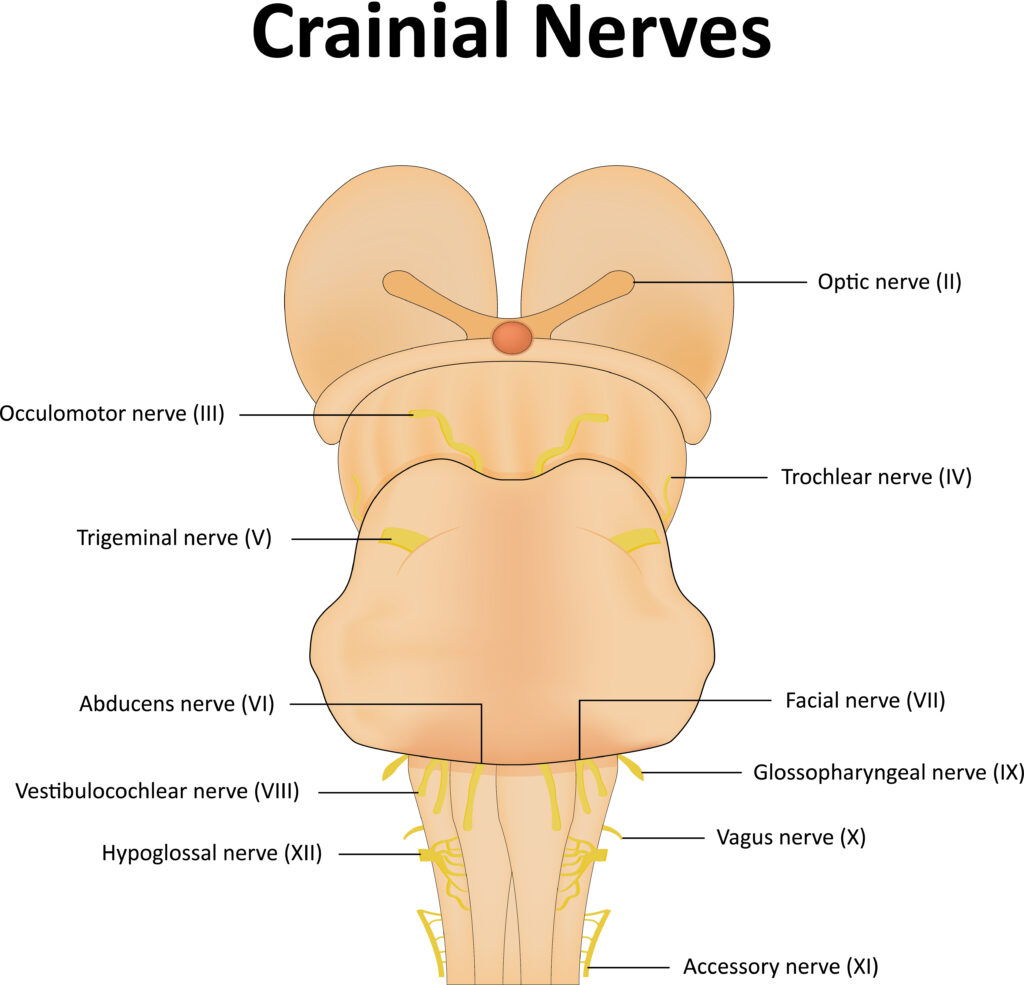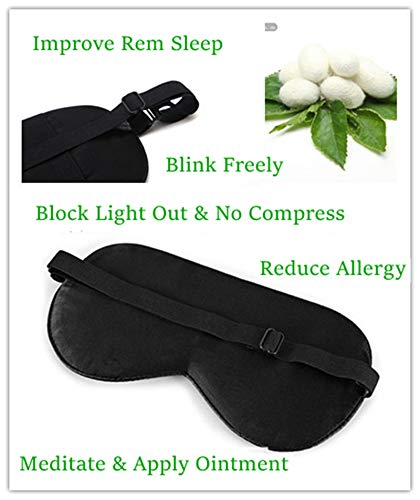Due to the fact that the prognosis for Bell’s palsy is an excellent one, with spontaneous recovery being somewhat familiar, treatment of the condition is conservative and dictated by the severity of each case.
The two main goals of bell’s palsy treatment are to reduce recovery time and prevent ocular complications. At present, there are no specific FDA-approved drugs for Bell’s palsy. Nevertheless, the two most commonly recommended pharmacologic options are:
• corticosteroids (Prednisolone, methylprednisolone, hydrocortisone, dexamethasone)
• antivirals (Acyclovir, famciclovir)
Prednisolone
Prednisolone is the corticosteroid most often recommended for Bell’s palsy patient. As inflammation, oedema, and trauma to the facial nerve are implicated in causing facial paresis, the potent anti-inflammatory action of corticosteroids minimizes nerve compression, alleviating symptoms. Prednisolone modulates the host immune response mounted against the causative agent, directly reducing oedema around the seventh cranial nerve in the facial canal and relieving the stress.
Acyclovir
Because herpes simplex virus 1 (HSV1) is suspected to be the causative agent of Bell’s palsy, theoretically, this suggests that antivirals should be efficient in their treatment. Thus, the question of how they function arises. The mode of action of antivirals is via an attack on the HSV1 genome. The result is direct inhibition of the viral enzyme DNA polymerase, preventing viral DNA synthesis. Namely, the antivirals used for this purpose are:
• acyclovir
• valacyclovir (a prodrug, an esterified version of Acyclovir having greater oral bioavailability)
Optimal strategy for treatment
There has been an ongoing debate over the matter of treating Bell’s palsy with Acyclovir and Prednisolone, owing to the presence of conflicting data on medication efficacy. Even so, numerous studies have been carried out in this regard.
The practice parameter issued by the Quality Standards Subcommittee of the American Academy of Neurology (AAN) suggests that.
“steroids are safe and probably effective in improving facial functional outcomes in patients with Bell’s palsy symptoms.”
Prednisolone vs Acyclovir
There is more credible evidence for the use of Prednisolone than that of Acyclovir. While Prednisolone alone proves highly efficient in the early treatment of Bell’s palsy, being a corticosteroid, it does not come without its side effects.
Thus, the dose must be gradually tapered down every week, and physicians should be highly conscious when prescribing it to children. (It should be noted that Bell’s palsy is rare in children). One study suggests a dosage of 2mg/kg daily for seven days. Significantly, Prednisolone’s benefits mask the meagre side-effects that may be experienced in adults.
Moreover, the use of Acyclovir as monotherapy is not recommended, because according to randomized controlled studies done in this regard, it shows little to no efficacy. In addition, it comes with the added risk of potentially causing Jarisch Herxheimer reaction.
Conversely, combination therapy of drugs belonging to a different class is quite productive.
Clearly, Prednisolone and Acyclovir have been found to have some synergistic effect. Thus, patients presenting within 72 hours of the onset of symptoms must be provided with combination therapy of Prednisolone and Acyclovir. Numerous studies have reinforced the safety profile of these drugs.
| Prednisolone | Acyclovir | |
| Adults | 1mg/kg for 7 to 14 days | 400-800mg in combination with Prednisolone for 7 days |
| Single dose | 5 times daily |
Caution: the patient must never discontinue the use of drugs without their physician’s consultation as both drugs are known to have side effects. Prednisolone could lead to weight gain, blurry vision, lethargy, and oedema of the feet. In contrast, Acyclovir’s side effects are rare, yet the patient is to be educated about them. They include agitation or a confused state of mind.
To conclude, Prednisolone has the upper hand over Acyclovir under the American Academy of Neurology (AAN) and Cochrane Review Board. Both reiterate that the use of Prednisolone is efficacious in the treatment of Bell’s palsy.


